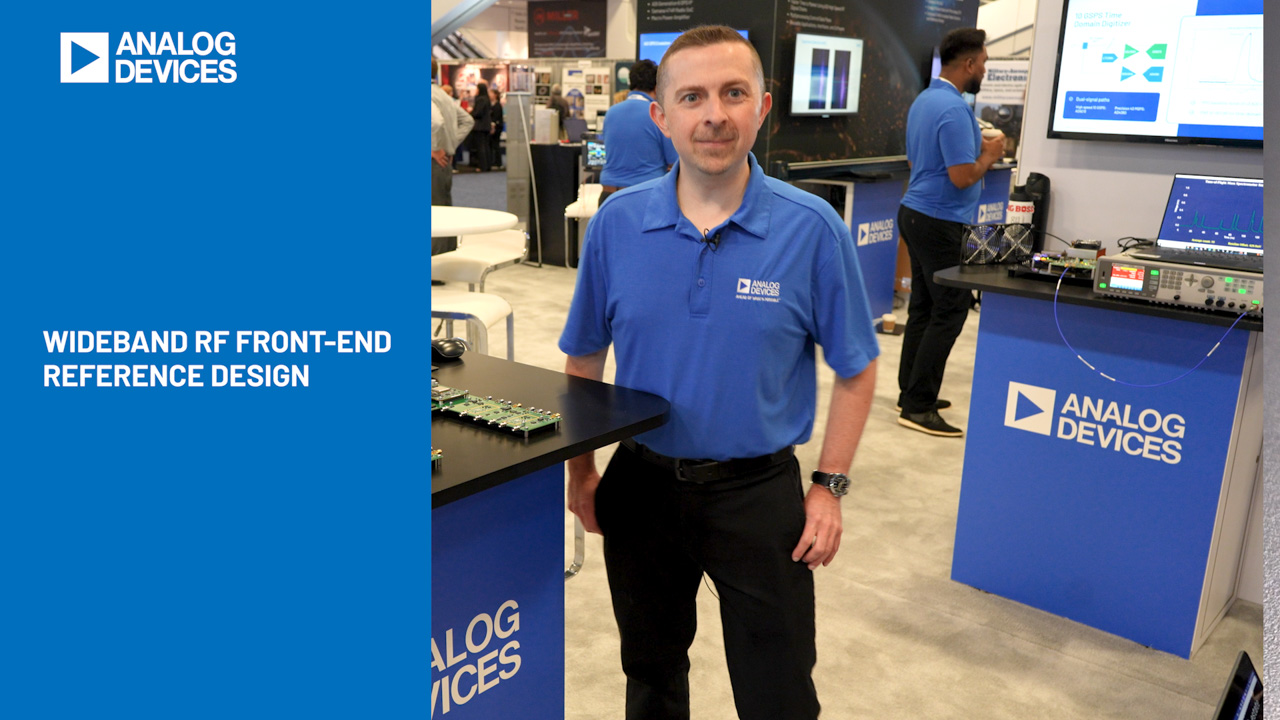一步转换为内核电压
摘要
本文介绍了将高电压(如48 V或54 V)直接一步转换为内核电压(通常低于1 V)的可能性。这种转换方式不仅能节省空间、提升效率,还能降低与设计输入电源轨相关的成本。与使用12 V中间总线相比,承载相同功率时,布设高压总线所消耗的铜更少。
数据中心数字处理器、高端FPGA、更大型的人工智能(AI)处理器和超级计算机有何共同点?答案是它们都需要电源来提供内核电压。内核电压通常低于1 V,电流水平从100 A以下到1 kA及以上不等。
构建大电流、低电压电源难度很大。为了尽可能减少散热要求,高转换效率至关重要。此外,电压转换器必须设计紧凑,以尽可能减小电源电路和负载(处理器)之间的寄生走线效应,从而有利于快速响应负载瞬变并更好地调节电压。
构建大电流、低电压电源难度很大。为了尽可能减少散热要求,高转换效率至关重要。此外,电压转换器必须设计紧凑,以尽可能减小电源电路和负载(处理器)之间的寄生走线效应,从而有利于快速响应负载瞬变并更好地调节电压。
图1为一种常见的电压转换器架构,首先将48 V电源电压转换为12 V直流链路电压,然后在第二步将其调节到低于1 V的内核电压。
尽管每一步的效率都很高,但两步转换的总体效率却较低。由于累积损失,即使每个转换步骤的效率达到93%,总效率也只有大约87% (0.93 × 0.93 = 0.8649)。
图2为另一种转换架构,它采用μModule ® LTP8800-4A,能够通过一个步骤直接将48 V电压转换为0.8 V的内核电压。当负载电流为100 A时,该解决方案的效率可达90%以上。而且,该模块可提供最 高200 A的输出电流。多个此类器件可以并联工作,产生1000 A或更大的电流——这对于某些高端处理器至关重要。
专用内核电压转换器,例如LTP8800-4A,可以在电流高达200 A时,一步产生0.5 V至1.1 V的内核电压。常规降压转换器电路难以应对极低的占空比。从48 V转换为0.5 V时,占空比通常仅有1%左右,这给电路设计带来了很大的挑战。由于开关稳压器的固有约束(如最短导通时间),在较高开关频率下难以实现如此低的脉冲宽度比(占空比),从而导致效率难以达到理想水平。
免去直流链路电压可简化系统配置,电路只需要一个电源转换器级便可完成转换。这种方法不仅节省了空间,而且因为48 V或54 V的高电源电压被直接送入内核电压转换器,这还减少了铜需求,从而优化了成本。
图3展示了采用LTP8800-4A模块的小尺寸解决方案。利用μModule器件可以获得出色的电源,并避免传统电路设计的复杂性。最终生成的电路结构紧凑,易于集成到邻近数字负载的电路板上。
现代内核电压转换器(例如前面提到的μModule器件)通过PMbus®连接提供先进的数字控制功能,便于实时监控电压、电流、温度和故障。内部EEPROM可以存储各种设置和错误日志。此外,数字连接支持对电源转换器的控制环路进行微调。
结论
新模块可将48 V电压直接转换为内核电压,从而提供结构紧凑且效率出色的电源架构选项。























